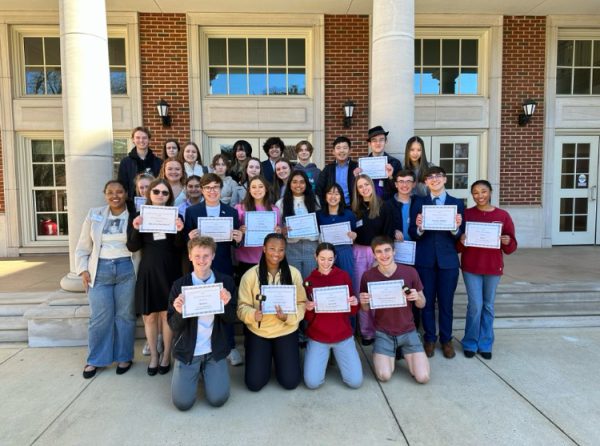Texas Cuts History Curriculum
October 4, 2018
Recently, the Texas Board of Education voted to cut down their history curriculum and set up groups to decide which historical figures were impactful enough that students should learn them.
There were 110 standards taught in Texas history classes, far more than any other core subject. The decision to shrink the curriculum was to maximize students’ and teachers’ time, but it also brought backlash for the figures removed from the curriculum.
On al.com, John Archibald complained that they removed Helen Keller from the curriculum because she was not a good example of citizenship, despite the fact that she was extremely successful even through difficult circumstances. “… She came to fight for the rights of women and workers and peace. She spoke against those who would profit from warfare, and came to call herself a socialist.”
Archibald argued that everyone teaches Keller as a child, not as an activist, and it is that “independent thought” that makes her a bad example of citizenship. Also removed were such figures as W. E. B. du Bois, John Hancock, and the Navajo Code Talkers, and Archibald argues that it is because these people are “complex, or unpopular, or do not best represent their concept of citizenship.”
Bob Jones junior Ashlee Sunderman shared similar thoughts. She stated that streamlining a history curriculum would run the risk of “ignoring specific points in history to save time and reducing the points of view to exclusively the white experience.”
Sunderman also stated that representation should be an important part of deciding which figures are in history curriculum, as well as their contributions to society. The groups chosen by the Texas Board of Education did take representation and diversity into account, but the rubric focused mainly on turning points and global impact.
Bob Jones AP United States History teacher Leah Faris stated that she teaches with both state and AP standards; the latter, which changed in recent years, gained similar backlash for removal of historical figures. The examples provided by the curriculum did not have all of the figures that people wished to see, but Faris claimed that the examples could not hold everything that should be taught. “I think that teachers have probably more common sense than the curriculum.”
“We have to remember who is creating those standards: politicians. And what doing they know about history? Probably not a lot.”
Faris stated that she teaches her classes based on the curriculum, but chooses what historical figures to teach about based on what shows the most diverse points of view, and what will mean the most to her students. She thinks history curriculum should be an open ended question with a few guidelines to help teachers include the most diversity in their classes, but is not worried about a curriculum change that does not include that.
History curriculums may change and deem certain people unimportant, but ultimately it is the teachers who choose what their students learn, and they will make up the difference for what the curriculum decides is not necessary.












